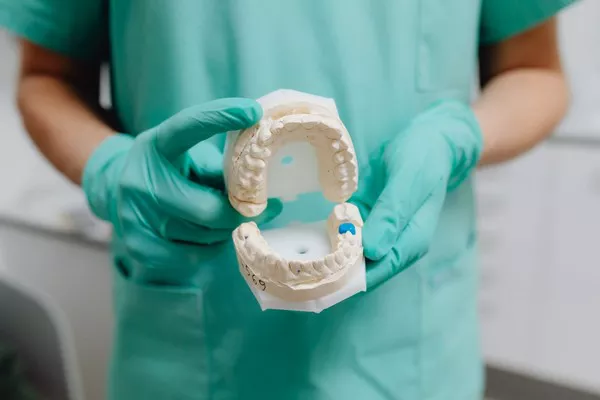In the field of orthodontics, various factors contribute to achieving optimal treatment outcomes. One such factor is the assessment and correction of the cant. The term “cant” refers to an asymmetrical alignment of the occlusal plane or dental midline, which can significantly impact facial aesthetics and function. Understanding the concept of cant and its implications is essential for orthodontists aiming to provide comprehensive and individualized treatment plans. This article aims to delve into the definition, types, causes, diagnosis, and management of cant in orthodontics.
1. Definition and Types of Cant
A cant in orthodontics entails a discrepancy in the horizontal alignment of the occlusal plane or dental midline. It results in an asymmetric appearance, affecting the harmony between the dental and facial structures. There are two primary types of cant: skeletal cant and dental cant. Skeletal cant arises from a discrepancy in the position or inclination of the underlying facial bones, while dental cant occurs due to malpositioned teeth or dental arches.
2. Causes of Cant
Several factors contribute to the development of cant in orthodontic patients. Skeletal cant may be attributed to congenital craniofacial asymmetry, trauma, or genetic predisposition. Dental cant commonly arises from dental anomalies, such as malocclusions, tooth agenesis, tooth impaction, or dental extractions. Additionally, iatrogenic causes, such as improper previous orthodontic treatment, can also result in cants.
3. Diagnosis and Evaluation of Cant
Accurate diagnosis and evaluation of cants are crucial for formulating appropriate treatment plans. Orthodontists employ various diagnostic tools, including clinical examination, facial analysis, cephalometric radiographs, and three-dimensional imaging, to precisely assess the extent of the cant and its underlying causes. Special attention should also be given to considering patient expectations and facial aesthetics when diagnosing cants.
4. Management of Cant
The management of cant in orthodontics involves an individualized approach based on accurate diagnosis and treatment planning. Treatment options may include orthodontic interventions, surgical correction, or a combination of both. Orthodontic strategies focus on aligning teeth, leveling the occlusal plane, and correcting dental midline discrepancies. Surgical intervention, such as orthognathic surgery, may be required for severe skeletal cants or cases where dental corrections alone cannot achieve the desired outcome.
5. Case Studies and Clinical Considerations
To highlight the practical application of cant management, several case studies can be examined. These cases will demonstrate how different types of cants were diagnosed, evaluated, and successfully treated using various orthodontic and surgical approaches. Additionally, the article will explore potential challenges and limitations that orthodontists may encounter when managing cants and provide insights into overcoming these obstacles.
Conclusion
Cant plays a significant role in orthodontic diagnosis, treatment planning, and achieving optimal aesthetic and functional results. By understanding the various aspects of cants, including their definition, types, causes, diagnosis, and management, orthodontists can develop tailored treatment plans to address this asymmetry effectively. Continued research and advancements in orthodontics will further enhance our understanding of cants and improve treatment outcomes for patients seeking comprehensive orthodontic care.
Related Topics:



























